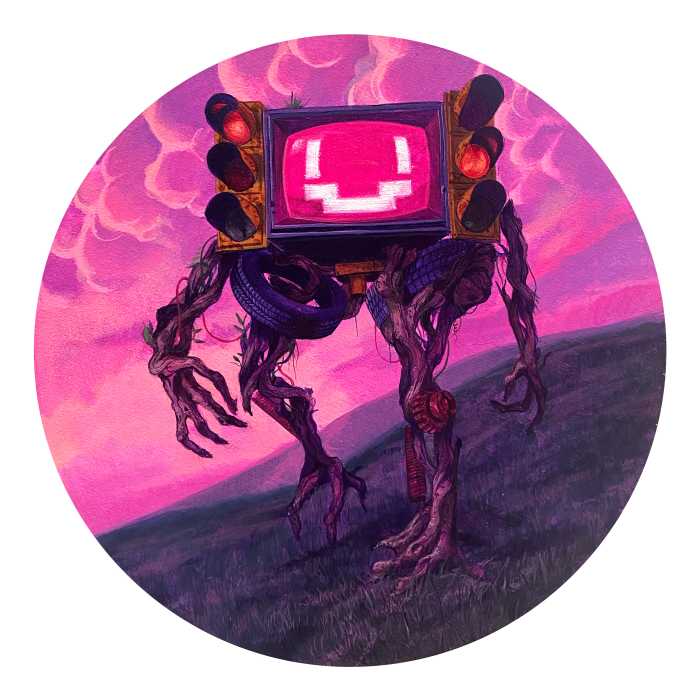That Jonathan Safran Foer is part of the team behind “New American Haggadah” — a revised English translation of the sacred Jewish prayer book — isn’t entirely surprising. The intricacies, subtleties, trickeries and delicacies of language are as much a part of his writings as the themes of family, tradition and Judaism that act as the fleeting scaffolding of much of his work.
And yet, Foer doesn’t consider himself a person of faith, let alone a rabbinical scholar.
“When I started thinking about what it might read like, what it might look like, what its function might be in the world, I gave a lot of thought to people who might translate it,” says Foer. “Should it be Hebrew language translators? But then I started thinking, what are some other possibilities? Could we create something that wasn’t so obscure? In my mind, a lot of English translations are unnecessarily confusing.”
Ultimately, Foer recruited longtime friend and fellow fiction author Nathan Englander to do the new translation of the text, which is read at the Seder table each year and plays a central role in the celebration. Far from the flashy project that you could reasonably expect from two young writers with a large bag of literary playthings, “New American Haggadah” has a quiet reverence for its ancient source material, reflected in both the translation and essays by writers including Lemony Snicket and Rebecca Newberger Goldstein.
“I’ve been going to Seders as long as I’ve been alive. They always meant a great deal to me, but I always suspected that they could mean even more,”?says Foer. “The Seder is in so many ways constrained by the Haggadah — it directs the conversations that people have, it affects the pacing of the evening. It’s hard to have a good, engaging Seder without a good, engaging Haggadah.”






























